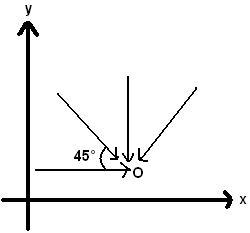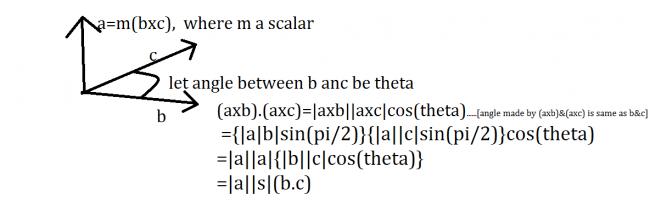for the fourth one its simple
take A(x1,y1,z1)
B(x2,y2,z2)
C(x3,y3,z3)
equation of plane passing through A,B,C is given by the following determinamt
(actually there will be three equations which can be solved be determinants)
let the equation of the plane be
ax+by+cz=d..........................................................eqn4
egn is satisified by A,b coz A passes through plane
ax1+by1+cz1=d.....................................................eqn5
from A and B,we get a eqn of a plane passing through A
a(x-x1)+b(y-y1)+c(z-z1)=0.........................................eqn1
This plane contains points B and C also, so:-
a(x2-x1)+b(y2-y1)+c(z2-z1)=0.........................................eqn2
a(x3-x1)+b(y3-y1)+c(z3-z1)=0.........................................eqn3
using euations 1,2,3
Eliminale a,b,c by determinant
| (x-x1) (y-y1) (z-z1)|
|(x2-x1) (y2-y1) (z2-z1)| =0...............................................eqn 6
|(x3-x1) (y3-y1) (z3-z1)|
,(i can't write determinant symbol,its a3rd order determinant)
the eqn obtained from six is in the form
Px+Qy+Rz-S=0
let D be (x4,y4,z4)
len=Px4+Qy4+Rz4-S√(P2+Q2+R2)

